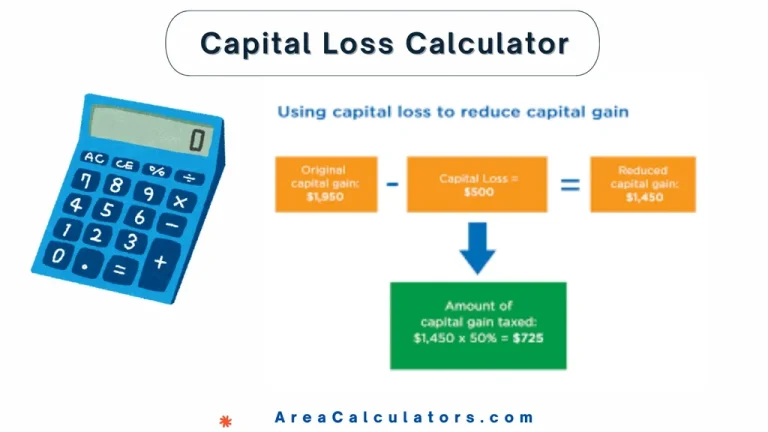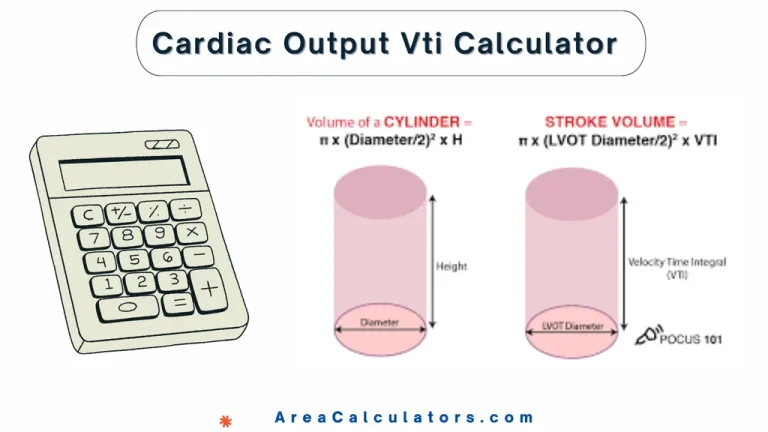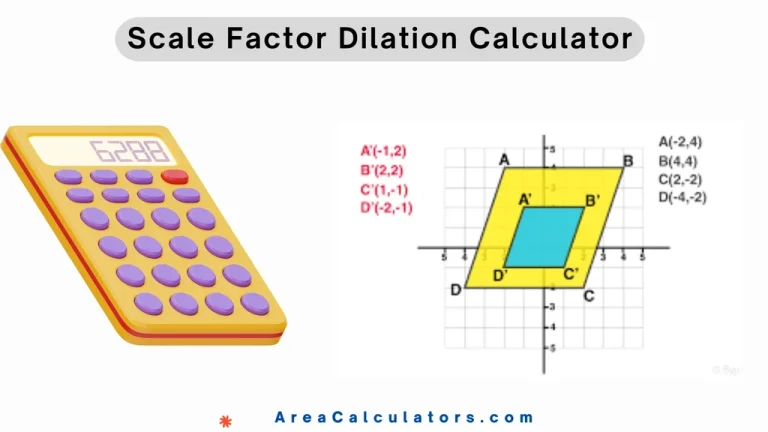Energy Release Calculator
Energy release is calculated by multiplying mass, specific heat capacity, and the change in temperature.
The Energy Release Calculator simplifies the process of determining the energy released in various reactions, including exothermic reactions, combustion, or even large-scale events like earthquakes. This tool is essential for physics, chemistry, and engineering applications.
Whether you need to calculate energy in joules, kilojoules, or kilowatt-hours, this calculator provides accurate results quickly and efficiently.
Formula:
Q = m * Cp * ΔT
| Variable | Description | Unit |
|---|---|---|
| Q | Energy released | Joules (J) or kWh |
| m | Mass of the substance | Kilograms (kg) |
| Cp | Specific heat capacity of the substance | J/kg·°C |
| ΔT | Change in temperature (Tfinal – Tinitial) | Degrees Celsius (°C) |
Solved Calculations:
Example 1: Energy Released in Heating Water
| Step | Value | Explanation |
|---|---|---|
| Given | m = 2 kg, Cp = 4184 J/kg·°C, ΔT = 25°C | Input values |
| Calculation | Q = 2 * 4184 * 25 | Multiply mass, Cp, and temperature |
| Result | 209,200 J or 209.2 kJ | Energy released in heating water |
Example 2: Energy Released in Combustion
| Step | Value | Explanation |
|---|---|---|
| Given | m = 1.5 kg, Cp = 2000 J/kg·°C, ΔT = 50°C | Input values |
| Calculation | Q = 1.5 * 2000 * 50 | Substitute into the formula |
| Result | 150,000 J or 150 kJ | Energy released in combustion |
What is the Energy Release Calculator?
The Energy Release Calculator is a powerful tool. This tool is created to calculate the energy released during physical, chemical, or natural processes. It helps quantify energy output in various forms, such as kilojoules (kJ), joules (J), or kilowatt-hours (kWh).
This tool is particularly useful for scientists, engineers, and students studying energy transformations in reactions, combustion, or natural events like earthquakes.
This calculator can determine the energy released in chemical reactions, such as combustion or exothermic processes, by using standard formulas.
For example, it helps evaluate the energy output without needing temperature changes, making it practical for scenarios where direct measurements are challenging. It also applies to fusion processes and radioactive decay, where energy release plays a critical role.
In physics, it calculates energy release during events like earthquakes by assessing the seismic energy emitted. It is equally beneficial for energy consumption evaluations, such as in energy consumption calculators used for household or industrial purposes.
By providing accurate results, the calculator answers queries like how to calculate energy in joules, kilojoules per mole, or other units. It is an essential resource for energy analysis in scientific research, engineering applications, and academic studies.
Final Words
Ultimately, the Energy Release Calculator simplifies complex calculations, providing precise results for a wide range of applications. Whether in physics, chemistry, or practical energy consumption, it offers reliability and efficiency, making energy analysis straightforward and accessible.




